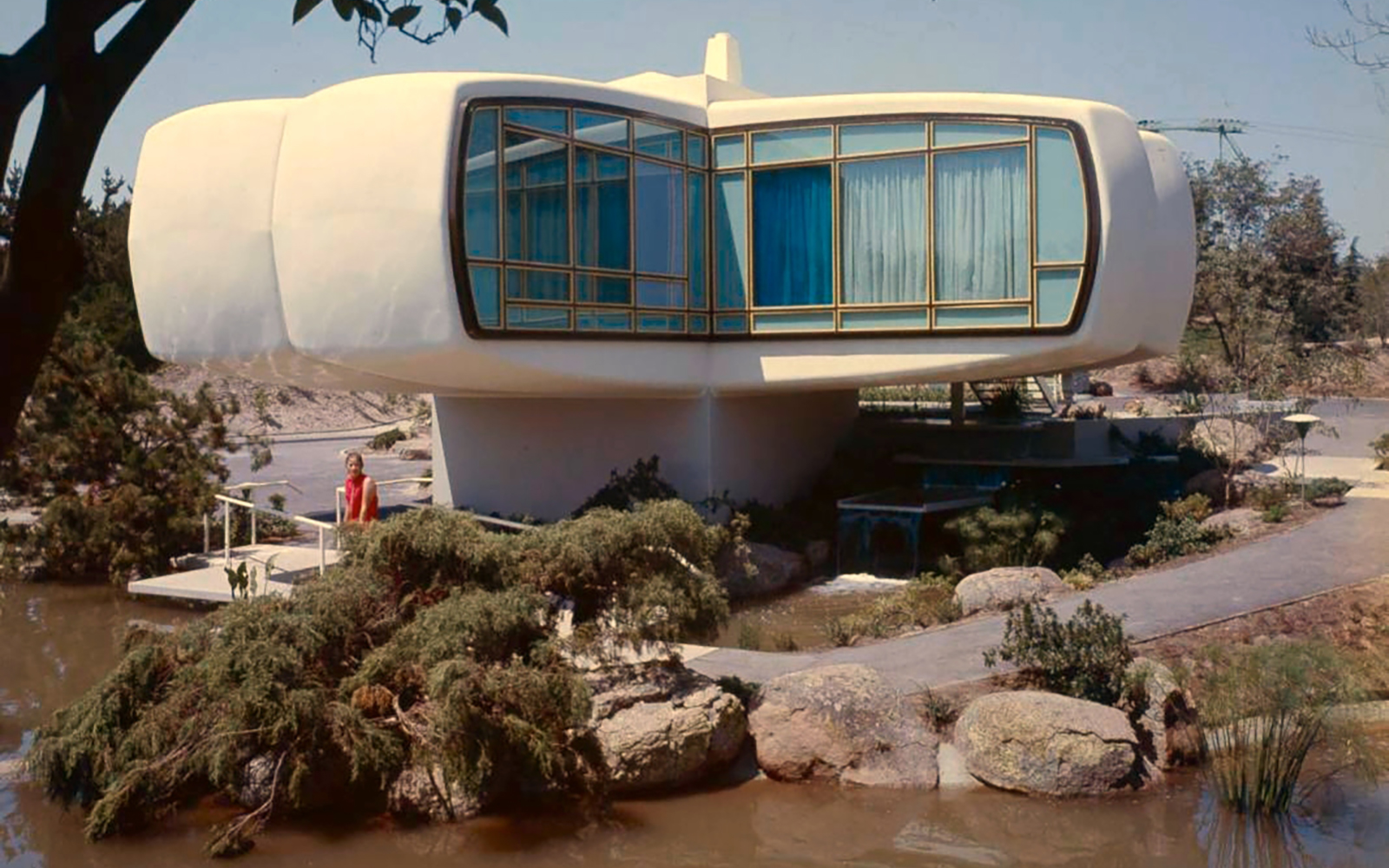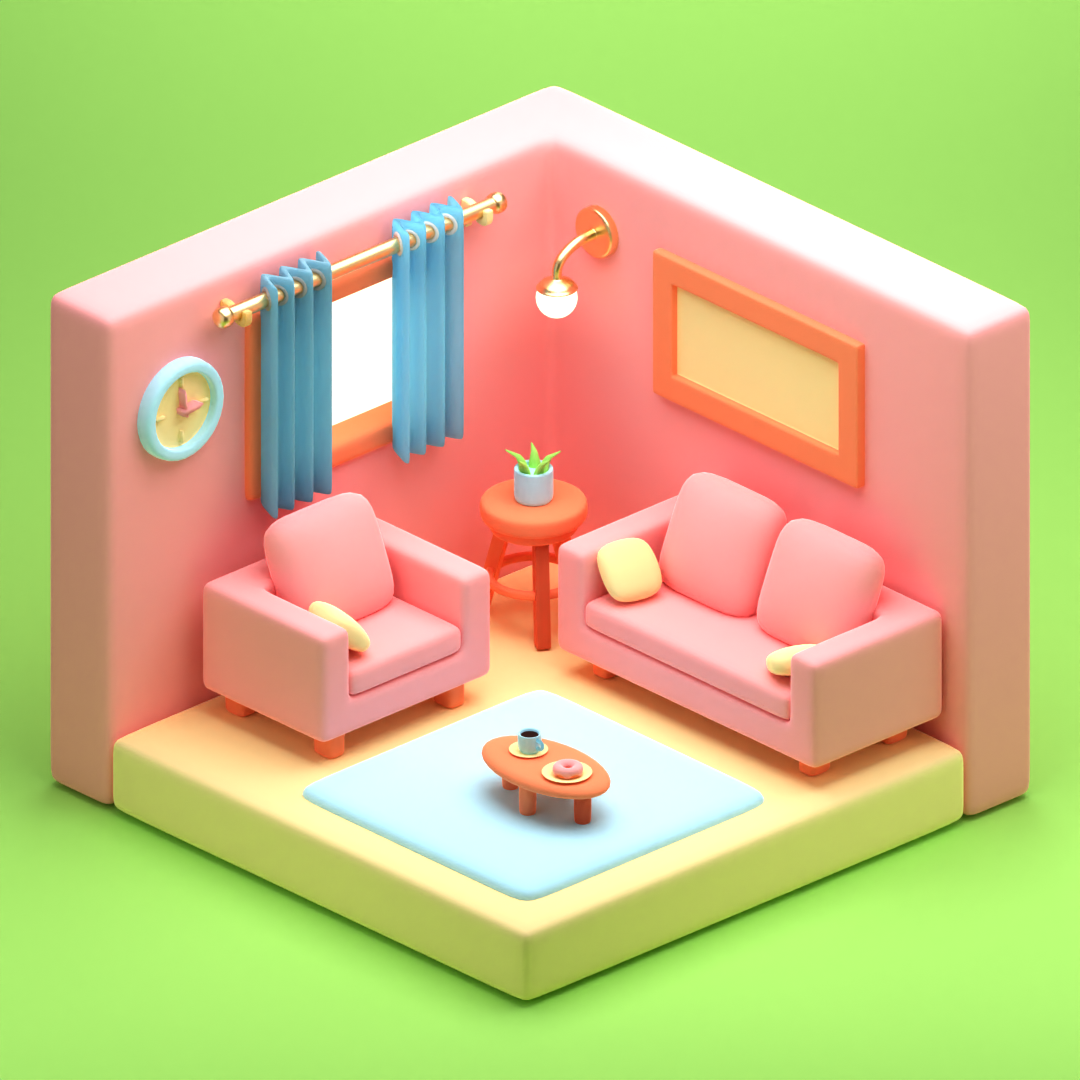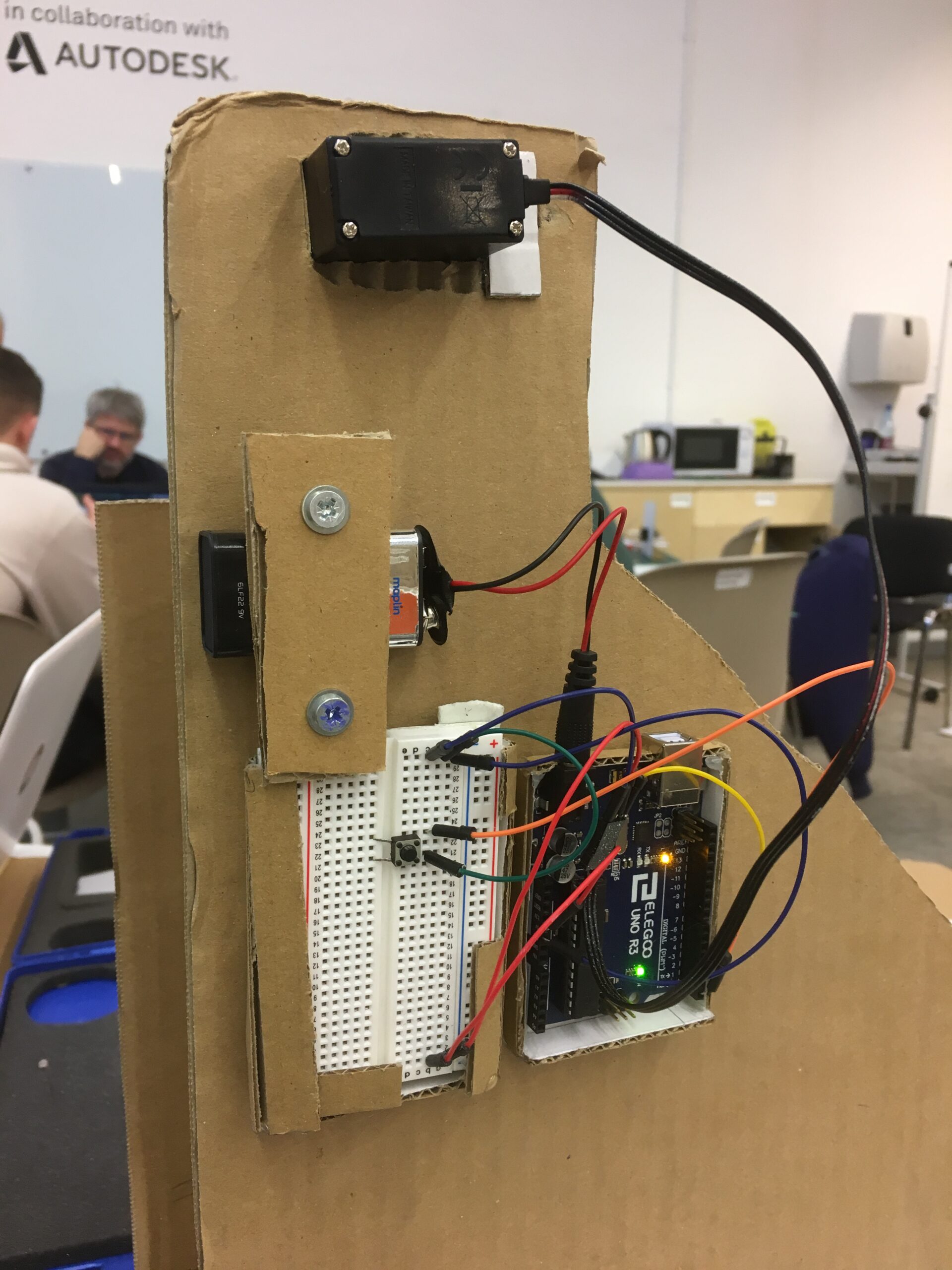I began writing these Design and Technology articles in January with no doubt that I would wrangle each topic into a story about theme parks. What I didn’t expect was how little I’d need to reach to join the dots. The field of theme park design hasn’t yet celebrated its centenary, but has already grown branches far out into the world of design.
A recent class on Charles and Ray Eames, however, may be the easiest connection I’ve had to make.
The link between Eames and themed entertainment design is not limited to the height of Eames’ influence, which happened to coincide with the earliest decades of theme parks. While that influence isn’t hard to find, there is a far more direct relationship: the work of Charles and Ray Eames has been featured within a futurist Disneyland attraction.
Walter Elias Disney was, possibly above all else, a futurist. Or, perhaps, his polymathic tendencies arose from a futurist foundation. Either way, Walt was compelled throughout his life towards a vision of an optimistic tomorrow.
Not tomorrow as some nebulous concept.
Tomorrow as a movement visible on the horizon, promised through the force of human innovation.
Walt Disney’s futurism was earnest, unflinchingly hopeful, and so distinctly his that it warrants an article of its own. Today, I’d like to focus on only one product of it.
Among the many attractions of the original Tomorrowland in 1957, Disney had struck a balance between a speculative future – the kind you might find in science-fiction – and one far more present. In the latter category, looking towards tomorrow but with its roots in reality, was the House of the Future.

Brought to life in a collaboration between Walt Disney Imagineering, Monsanto, and the Massachusetts Institute of Technology, the House of the Future was a walk-through attraction that made this realistic tomorrow tangible.
It championed the use of plastics in our everyday lives for as close to everything as engineering would allow – even the House’s upholstery was acrylic. Today, of course, such overuse of plastic does not conjure feelings of innovation but, at the time, it was indeed futuristic.
Disney knew that even if the House of the Future could not predict what our tomorrow homes would look like, the lessons learned from manufacturing the plastic attraction would forever influence our relationship with household materials.

But Disney, Monsanto, and MIT were not the only ones at this cutting edge of material manipulation.
Somewhere else in California, two designers by the names of Charles and Ray Eames were hard at work developing the very same techniques to create plastic furniture.
It seems fitting, then, that in a refurbishment of the House of the Future to match new 1960s aesthetics, several Eames chairs were added to the attraction. Surrounded by Disney’s vision of tomorrow, they look right at home.

I give the House of the Future four stars.





Leave a Reply